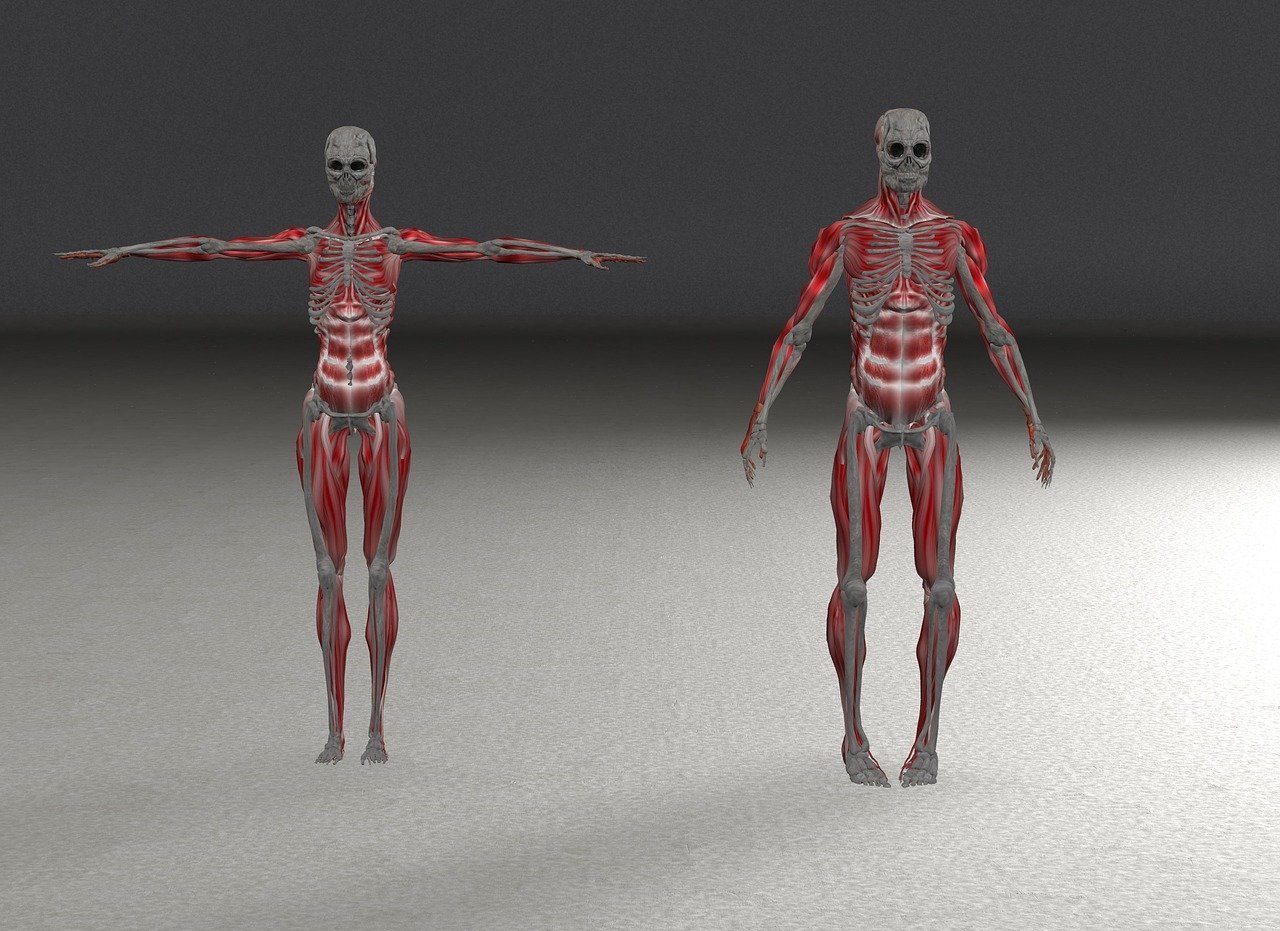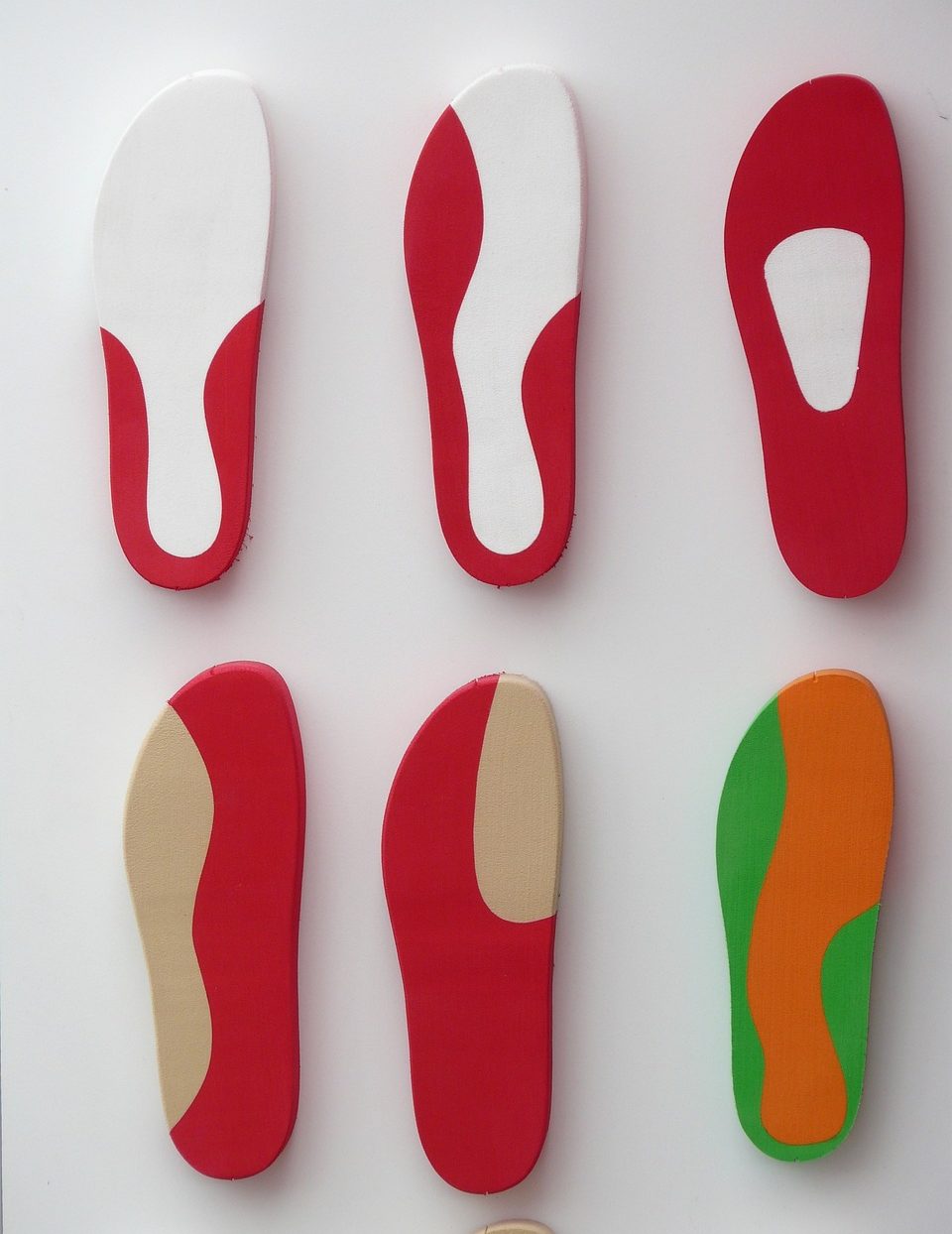
Biomechanics studies how the laws of mechanics apply to the composition and movement of living things.
Biomechanics is the discipline aimed at the application of the laws that are part of the orbit of mechanics to the composition and movement of living organisms .
It can be said that biomechanics analyzes the mechanical and kinematic phenomena that are evident in living beings. That is why its object of study is the physical actions carried out by living beings , from their origins to their effects. The properties of bones, blood circulation and muscle function are among his topics of interest.
The etymology
It is important to know the etymological origin of the term, which has Greek origins since it is the result of the sum of three elements of said language:
- The noun bios , which can be translated as “life” .
- The word mekhane , which is synonymous with “machine” .
- The suffix -ico , which is used to indicate “relative to” .
Starting from its components, it is established that biomechanics literally means “relative to the machine of life” or “relative to the machine of living beings” .

Ergonomics is associated with biomechanics.
Features of biomechanics
Biomedicine , anatomy , engineering and physiology are some of the fields of knowledge that come together in the field of biomechanics, which studies the behavior of living bodies and seeks to solve problems that arise from different conditions.
There are a series of elements that are fundamental for biomechanics, specifically for the development of tasks and studies:
- The moment ; that is, the result of a speed and a mass with respect to displacement .
- Movement , which is the movement of a body through space.
- Balance , also called stability.
- Force , which is the push that causes a body to accelerate.
- The levers .
Your applications
The creation of prostheses and artificial organs is one of the best-known applications of biomechanics.
This scientific specialization can also, through mathematical models, achieve the simulation of physical phenomena through the manipulation of multiple parameters.
Subdisciplines of biomechanics
It is possible to recognize different subdisciplines in biomechanics. Among them we can mention sports biomechanics (focused on sports activities to optimize the performance of athletes), forensic biomechanics (which specializes in the injury mechanisms that bodies suffer from impacts or incidents), medical biomechanics (searches solutions for multiple pathologies) and physiotherapeutic biomechanics (attempts to reverse poor functioning of the skeleton and muscles).
In the same way, we cannot ignore the existence of occupational biomechanics . Its function is to study the interaction of the human body with the closest environment. Hence, it is responsible for analyzing in depth how the body is affected by the handling of tools, driving vehicles, lifting weights, work, household chores... Precisely for this reason, biomechanics is considered to be also closely related to ergonomics .
